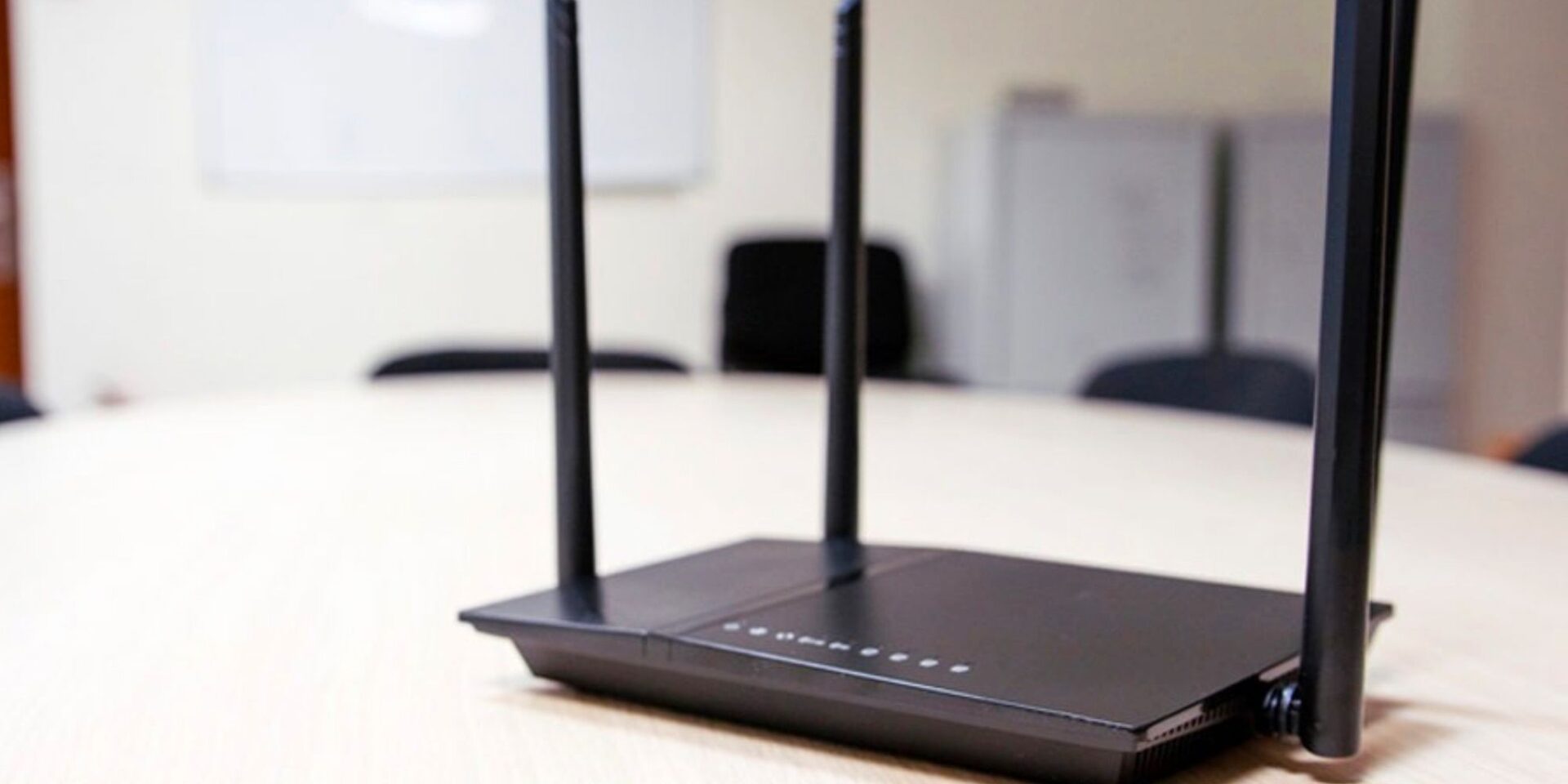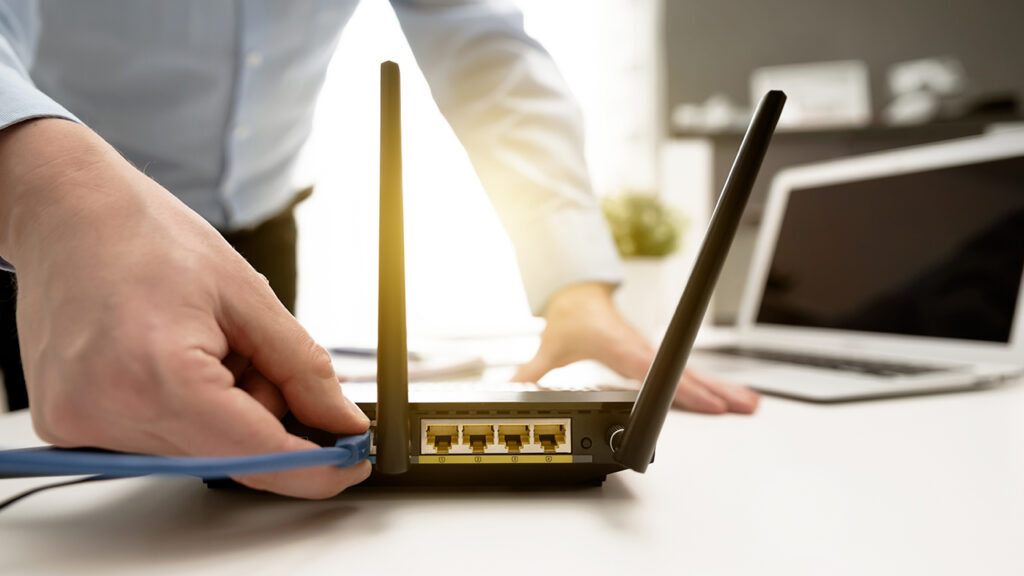
6 Tips for Setting Up Your Home Network
Upgrading your home network isn’t as difficult as you may think. You don’t need to be an IT professional to choose and configure the right networking solution for your home office. However, if you’re an absolute newbie to the world of networking and routers, you might still need a small “push” towards the right direction.
That’s why we’ve decided to help you out by providing you with essential tips for setting up your home network in a quick, effortless way.
So, without any further ado, let’s get to the bottom of it!
1. Don’t “hide” away from your wi-fi routers.

Wi-fi routers aren’t the most fashionable pieces of equipment, so we don’t blame you if you keep yours stashed away in the hidden corners of your home. However, powerful and speedy internet should be more than enough to change your mind. All you need to do is pay a small visual price!
Keeping your routers next to the walls or near electronic devices can weaken its signal in a major way- something you probably want to avoid, especially if you work online. So, we suggest placing them strategically, near the center of your room, and away from other electronics that could disrupt its signal.
Besides that, keep your router devices away from the outer walls also keeps your signal safe from the outside world. The risk of unauthorized network access reduces by a mile.
2. Wired or wireless?
If you’re debating whether to use a wired or wireless connection at your home, we’d say go with the wireless option or choose both. Wired solutions may be faster and more secure, but they’re awfully difficult to work with at times. If your device doesn’t have an Ethernet port (which your regular phones and tablets do not have), you won’t be able to connect to the internet.
Still, if you’re planning on moving your office inside of your living room where you’ll work with sensitive business data or where speed is of the essence, wired routers are probably the better choice.
Otherwise, as previously mentioned, a regular wi-fi router will suffice. You can still configure it to be as secure and safe as you need it to be, so don’t worry!
3. Change both the default name and password as soon as you get your router.

The default SSID name and password may seem ideally secure as they are since they seem like a bunch of nonsense to a layman. Unfortunately, that “nonsense” is easily readable and crackable by hackers and other malicious individuals looking to steal your data.
So, as soon as you connect to the internet via your new router, it’s time to change the default password and router name. Use something that’s not easily identifiable and change your passwords as frequently as you can for some extra security.
If you’re not sure how to change these, we suggest you contact your supplier for more details. Otherwise, Google the name of the router until you’ve found something that could help you.
4. Choose the provider carefully.
The most crucial part of setting up your home network comes way before the actual device configuration. It all starts with your choice of a provider. You need to find a reliable supplier that can make the entire process easy and simple for you. We suggest considering local companies first as they’ll be able to help you with the setup.
If you’re not certain where to look for providers, remember to ask around your neighborhood while doing some online research at the same time. Make use of websites such as buytvinternetphone.com that act as small (and easily searchable) networking/telephony provider databases.
Overall, as long as you choose your providers correctly, you’ll have little to no problems setting up your home network. They might even do it for you!
5. Security should be your primary concern.

We’re not saying you should ignore your budget, router speed, nor even visuals just to get a secure networking system. What you should do, though, is prioritize. No matter how cheap an offer is, if it’s not secure enough, it’s not worth your money. Data theft and hacker attacks are becoming more prevalent (and more sophisticated) by the day. Your networking system is their entrance to all of your data centers, so it shouldn’t be ignored at all. Even if you’re not storing anything significant onto your devices, your privacy could be jeopardized during one of these attacks! It’s not a risk worth taking.
So, make sure you get some advice from an IT professional, especially when it comes to data encryption. We suggest you use WPA protocols instead of the default WPS ones, if possible. Your provider will be able to explain these terms in-depth, so don’t hesitate to ask some questions during your next appointment.
6. Set reminders to update your firmware.
Just like your phone and laptop, your router also has an operating system that keeps it running. Most modern routers get regular software updates for maximum data protection. It’s something you wouldn’t like to miss! So, check the router’s control panel regularly, and don’t forget to update it with the necessary firmware while you’re there.
Again, there’s nothing worse than an outdated program: it’s easily penetrable, weak, and extremely slow! The world of tech is advancing so quickly that every piece of your digital equipment gets monthly or weekly updates, so make sure you’ve updated your routers in time.
The best practice is setting regular reminders on your phone or laptop. These types of things are easily forgotten, so it’s always better to be safe than sorry!
The bottom line
Setting up your home network shouldn’t be too difficult. If you have issues with choosing a provider, we suggest you look at online databases for solutions. Ensure you’ve spoken with a local expert to help you with router placement, data encryption, and password/router name changes: these are essential for getting a fast, reliable networking system for your home.
Overall, we hope our article proved useful to you, and we hope you manage to achieve what you’ve envisioned when it comes to your home networking system. Good luck!
